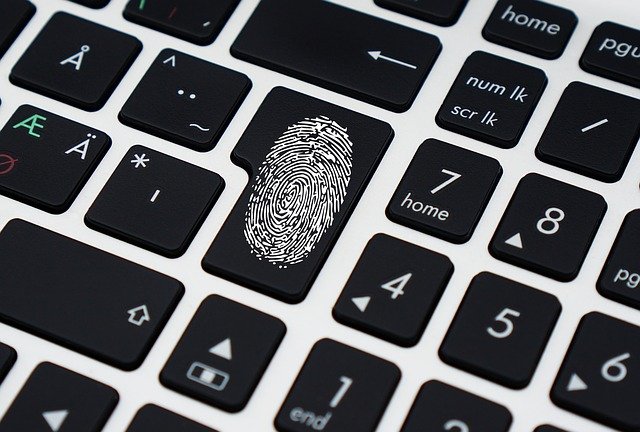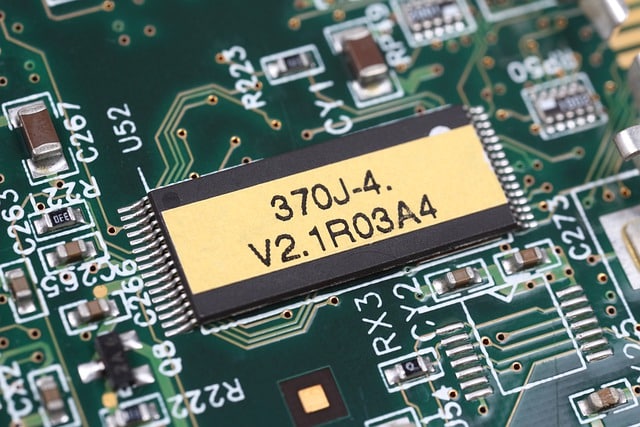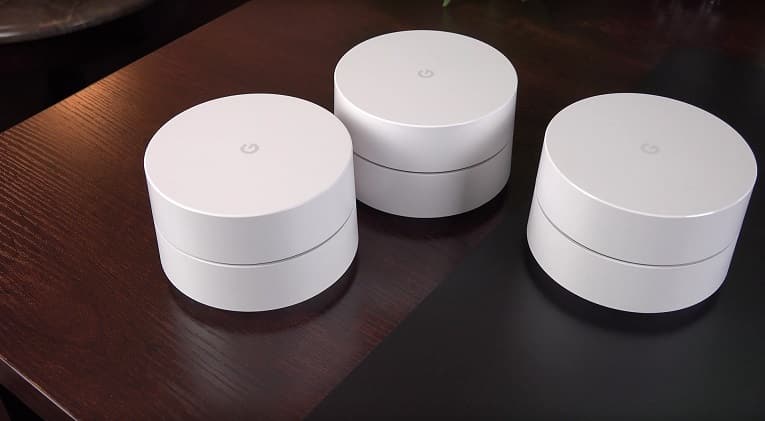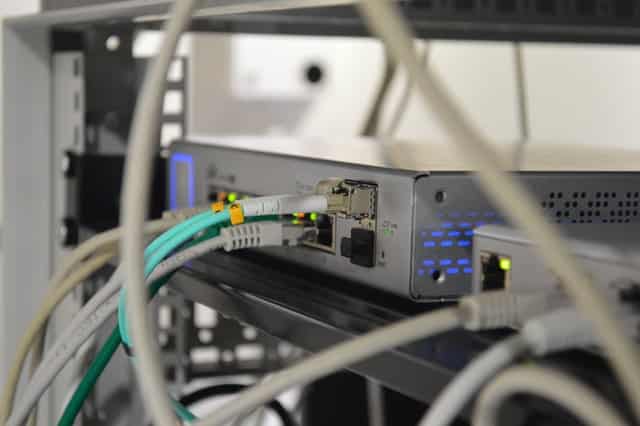When you purchase through links on our site, we may earn an affiliate commission. Here’s how it works.
How to Secure WiFi Router – Overview
Advancements in technology have resulted in improved router security over the years. However, you should take the necessary steps to lock and secure your router better.
Read on to learn how to secure a WiFi router for enhanced protection.
Steps to Help You to Secure WiFi Router
In today’s fast-evolving digital world, your router is one of the most critical gadgets in your home.
It monitors outgoing and incoming traffic while playing the role of a guard to block dangerous things from penetrating your network and preventing sensitive data from leaving.
Your router regulates access to your WiFi network and gadgets at home or in the office.
If malicious people access your network, they can easily compromise your devices and sensitive information.
To protect your gadgets and information, you want to enhance your router’s security. You will need to gain access to the router’s settings.
You can do so by typing an IP address in your web browser or mobile phone.
If you do not know how to acquire the router settings, consider reading its manual or researching on the internet. Here are the tips.
Change Your Passwords and Make Them Strong

Use Strong Passwords
Use WPA3-Personal or WPA3-Enterprise security if available. If not, use WPA2-PSK (AES) with a strong password of at least 12 characters. You must input a password into each new device before it can connect to the network.
Nearly all routers have this feature by default, but you can activate it via the router settings.
Apart from choosing robust passwords, you want to change them regularly, so you must reconnect your gadgets afresh.
This practice bars suspect visitors who may need to use your network.
The settings panel on your router will display a list of connected devices, even though interpreting them can be tricky.
Consider changing the password needed to gain access to your router settings. Avoid using the default password, as many malicious people could guess them, and change the setup of your router.
Deactivate Plug and Play
Universal Plug and Play (UPnP) is a set of networking protocols that allows devices to automatically discover each other and establish connections without manual configuration for data sharing, communications, and entertainment. It simplifies the process of connecting devices to the network and each other.
Universal plug-and-play is critical in forming the Internet of Things (IoT). The Internet of Things is the technology behind smart household implements.
Smart devices can gain access to the internet, while hackers can leverage universal plug-and-play to access your network.
While UPnP can facilitate easier connectivity and functionality for devices on your network, it’s advisable to disable UPnP on your router after setting up your devices to minimize security risks
Self-tuning gadgets can be enticing, but their lack of robust password security can compromise security.
Universal plug-and-play facilitates the configuration of gadgets. However, once your gadgets work, you should deactivate them on your gadget and router.
Hackers have attacked household gadgets before through universal plug-and-play, and you cannot afford to fall victim.
Update Your Firmware

Update Firmware
Your router uses firmware, specialized software embedded in the router to manage its operations and security protocols.
It configures the security standards on your network while laying down rules in the gadgets that can connect.
Many modern routers require manual firmware updates through their admin interface, while some premium models offer automatic updates.
Regardless of the model of your router, ensure the firmware is up to date. You will need to have the most recent security patches and bug fixes.
These features should be protected against potential exploits.
Keep in mind that the process for updating firmware varies across different routers, but it’s typically straightforward. Consult your router’s manual or support website for specific instructions. You can always consult the router manual if you do not know what to do.
Many modern routers offer automatic firmware updates as a feature, and some may provide notifications through a companion app or email alerts when an update is applied.
Change Your Default Home Network Name
To enhance the security of your home network, you should first change the name of your network. Choose an appropriate name, but avoid using identifying information in your network name (SSID) such as your address, family name, or router model.
Changing the default name of your WiFi prevents malicious individuals from knowing the router model you use.
Knowing your router model can help attackers identify known vulnerabilities, but regular firmware updates and strong security settings are more important for protection, and you might use them to compromise your data.
Conclusion
Securing your home network is a critical factor that allows you to protect your data and gadgets. These tips are ideal for both tech-savvy and non-tech-savvy people.
While no security measure can guarantee absolute protection, implementing recommended practices significantly reduces the risk of your wireless network being compromised by cyber attackers.
However, taking precautions is always a good idea.
See Also
How to Restart the Wi-Fi Router


